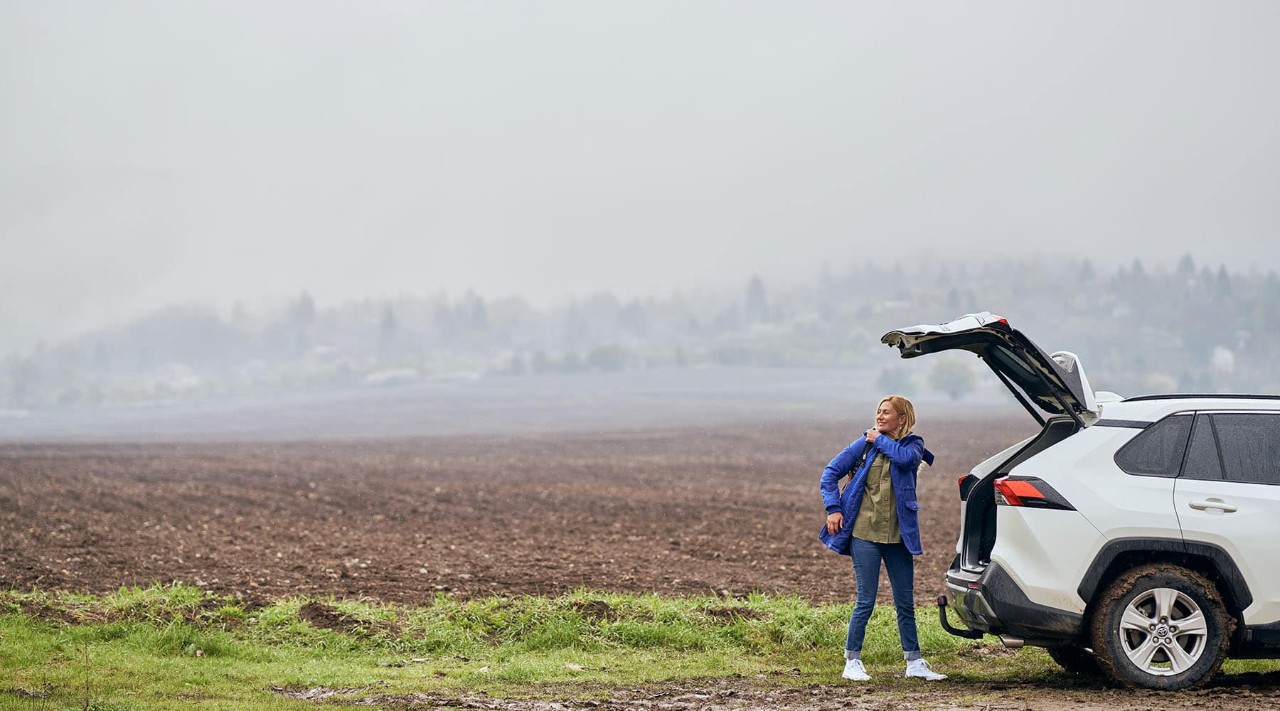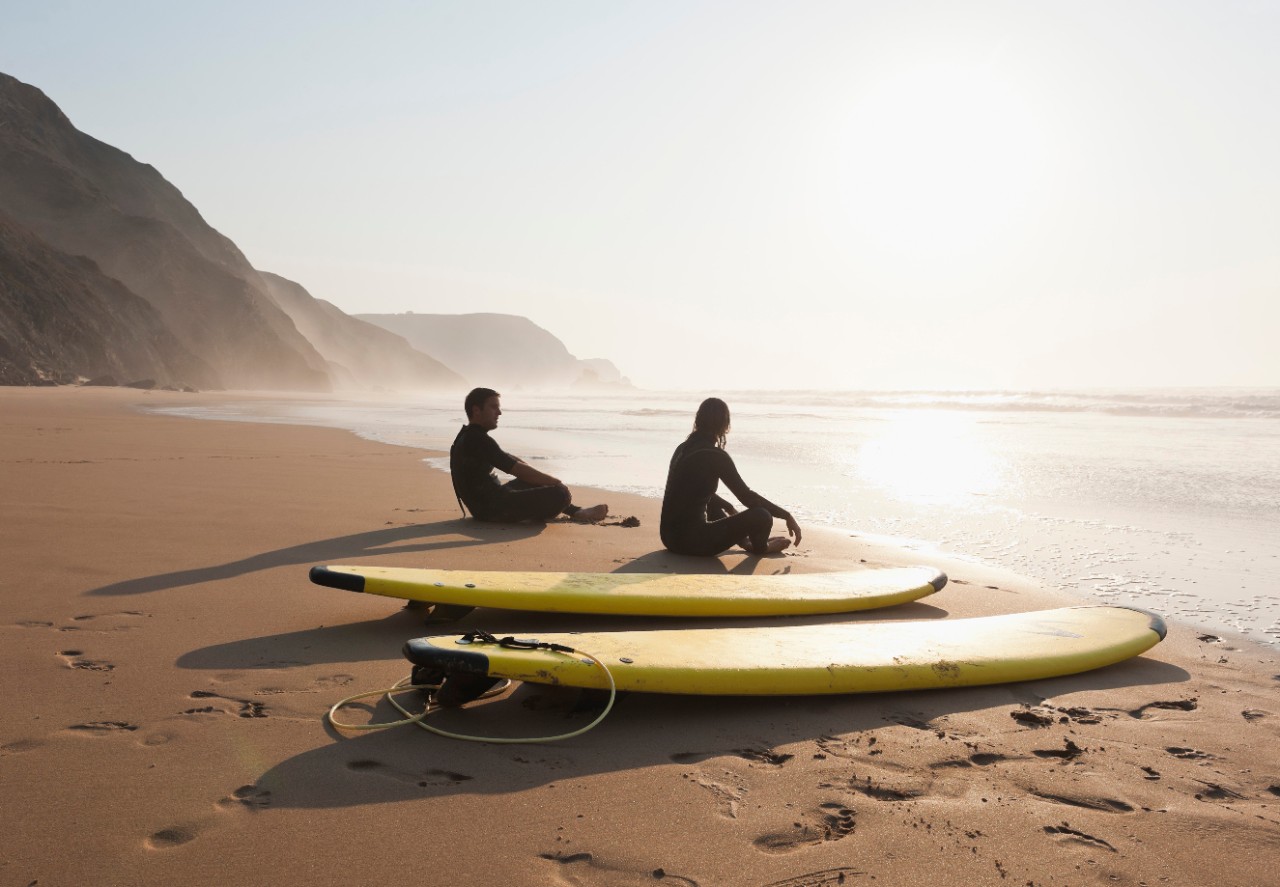Top Tips for Driving through Europe
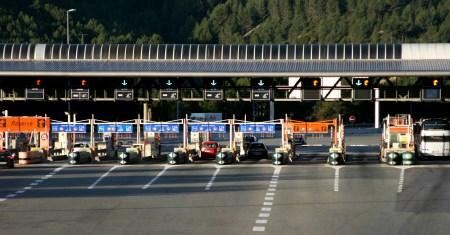
Road trips are a great way to explore a country and get off the beaten track.
Driving through Europe is relatively easy if you are mindful of the different rules and laws of each country and knowing these before you hit the road can potentially save you a lot of time, money and trouble.
Bring your Own or Rent
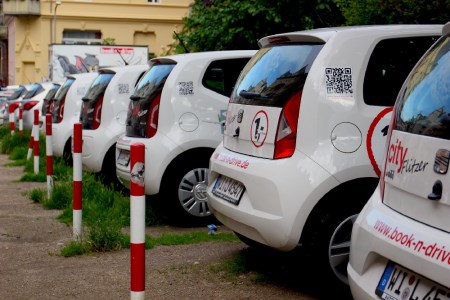
Are you going to drive your own car or are you going to rent a car? Unsure? Let us help you make up your mind:
BYO
There is a lot to be said for the sense of security and confidence that driving a familiar car can give you especially when driving on unfamiliar roads. There’s also less hassle involved compared to negotiating a rental contract. Having said that, driving a right-hand-drive on the right side of the road does present some challenges.
Your headlamps will need adjusting to ensure they don’t dazzle other road users. With many cars, you can just adjust the headlights from a switch but for some cars you will have to buy headlight adjuster discs to put over the lights, or make your own.
Out on the open road your blind spots are increased making overtaking more dangerous. However, to increase visibility, you can buy clip-on mirrors for your car.
If you don’t have any passengers, toll booths can be a pain to negotiate. You’ll have to get out of the car to pay if you don’t have an electronic toll pass. As a note, some roads only accept toll passes and you’ll have to purchase these yourself (most rental companies supply these).
If you do decide to bring your own car, make sure you check your car insurance cover before you leave and enquire about the level of cover you can expect in Europe. It’s worth making sure you have European roadside breakdown assistance cover, too.
Renting
Although renting can sometimes be a bit more hassle, you can book it online before you go. You can then take the time to read though the terms and conditions and know exactly what is included before you pay. Once this part is done, having a left-hand-drive car may make for an easier journey.
Double check whether your rental agreement covers toll fees and congestion charges. If these aren’t included you are liable to pay and they may have to be paid in advance or you could be fined.
It really does pay to plan your route well ahead of time to consider toll roads and how and when you must pay. Some roads in Europe don’t accept cash or debit cards and only certain types of credit cards. Furthermore, many European city centres and towns have put a ban on some vehicles or are car-free zones. Cities with restrictions include Amsterdam, Athens, Budapest, Malaga, Munich, Rome, Stockholm and Vienna.
There are plenty of resources online to help you plan your route or get a good up-to-date European road atlas book and keep it in the car.
Know before you go
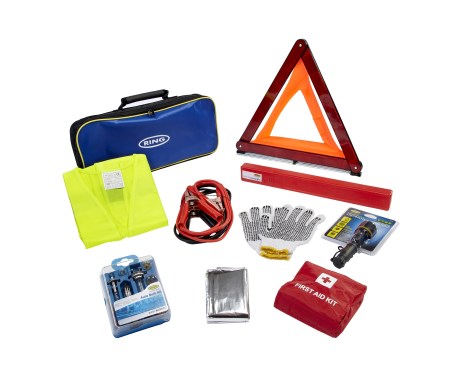
Whilst each country has its own laws and rules of the road there are some which can be applied to most countries. Check out our Tips for Driving Abroad blog for what you should know before you head away.
When in Rome…
As scary as it might seem, try to adapt your style of driving to that of the locals. Drive more defensively and with confidence, or if you are nervous about driving on the other side of the road, then take to the roads during quiet periods and, if you can, avoid rush hour, the weekends and public holidays. Remember to overtake on the left-hand side and enter and navigate roundabouts anti-clockwise.
Escape from the City
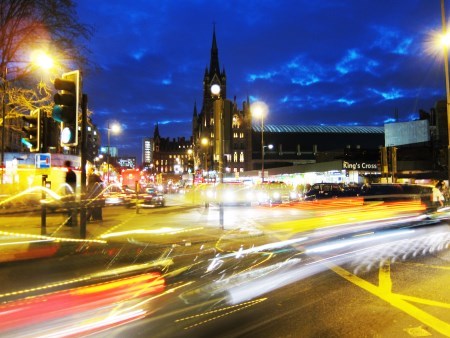
If you think traffic in Ireland is bad, you ain’t seen nothing yet. Just wait until you hit Moscow, London, Magnitogorsk, Paris or Istanbul – the top five most congested cities in Europe, according to INRIX. The roads in these cities especially at rush hour are bedlam and should be avoided at all costs. Interestingly, according to INRIX Global Traffic Scorecard, Galway is Irelands most congested city. If you do like extreme sports may we suggest you try your hand at escaping from the A7 N at J29 HH-Othmarschen in Hamburg, which is Europe’s worst traffic hotspot, or try negotiating the Boulevard Peripherique ring road, one of the busiest roads in Europe or navigating the panic-inducing Arc de Triomphe roundabout in Paris. Bon chance!
And Now for Something Completely Different
Here are some of the more unique driving rules and regulations in various European countries.
| Austria - A flashing green traffic light signals the ending of the green phase and vehicles close to the traffic lights should proceed. | |
| Cyprus - It is illegal to eat and drink whilst driving. | |
| Denmark - Before driving off you must check and make sure nobody is underneath your vehicle. | |
| France - It is illegal to use sat-nav systems that highlight speed camera locations. | |
| Germany - It is against the law to run out of fuel on the autobahn. | |
| Greece - It is illegal to smoke whilst driving. | |
| Italy - It is against the law to park your car facing the opposite direction of traffic. | |
| Norway - Between November and April your car must be fitted with winter tyres. | |
| Portugal - It is against the law to carry bicycles on the back of a passenger car. | |
| Russia - It is illegal to pick up hitchhikers. | |
| Romania - If your car is excessively dirty, you can get an on-the-spot fine. | |
| Spain - If you are caught wearing flip-flops whilst driving you can get an on-the-spot fine. | |
| Sweden - You must always have your headlights switched on, even in summer, when it never gets dark. | |
| Switzerland - If you wear driving glasses you must always carry a spare pair in your car. |
Where to Next?
Europe has some of the most spectacular driving roads in the world, but with more than 5 million kilometres of paved roads it is hard to know which route to take. So, to make things easier, we’ve chosen three of our most favourite driving roads in Europe:
Route Napoleon, France
.jpeg)
This 325km road follows the route taken by Napoleon Bonaparte in 1815 on his march from Elba to Grenoble. The road is dotted with commemorative plaques and monuments and it winds its way through the staggeringly beautiful scenery of the Alpes-Maritimes, Alpes-de-Haute-Provence, Hautes-Alpes and Isère departments.
Stelvio Pass, Italy
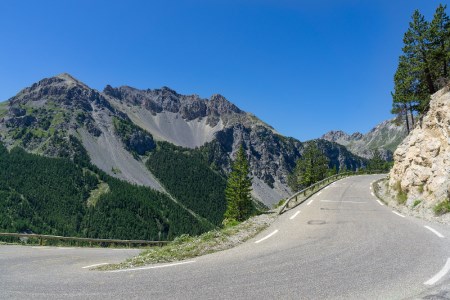
The Passo dello Stelvio in Italy is one of the most famous driving roads in the world. It is in northern Italy near the border with Switzerland and at 2,757 metres (9,045 feet) above the sea-level, it is the second highest paved mountain pass in the Alps. Although it may not be the most scenic road it is certainly the most dramatic and has become a rite of passage for driving enthusiasts and thrill-seeking motorcyclists from all over the world.
Transfagarasan, Romania
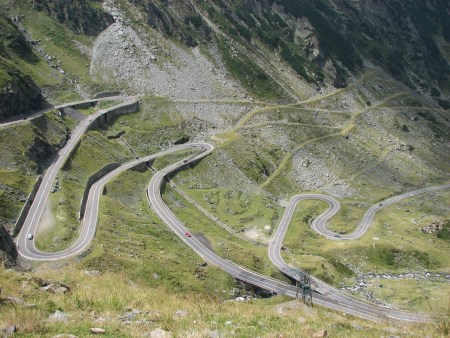
This 90km paved road winds its way through the spectacular southern section of the Carpathian Mountains and there are loads of interesting places to stop off along the way as well as plenty of places serving delicious traditional Romania food and drink. Speaking about the Transfagarasan, Jeremy Clarkson said it is “the most amazing road I’ve ever seen”.
Bon voyage and safe driving!
Information correct as of date of publishing. This blog will not be updated or edited so the information may become outdated.
